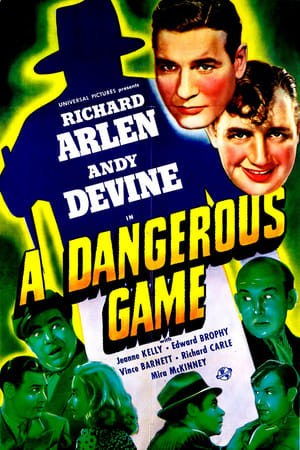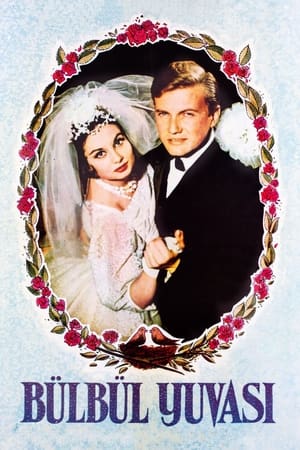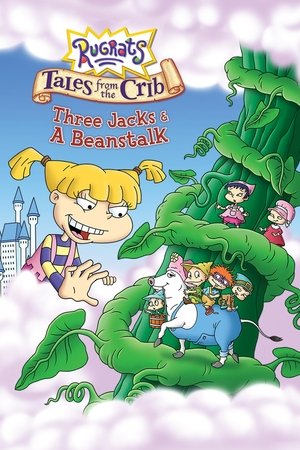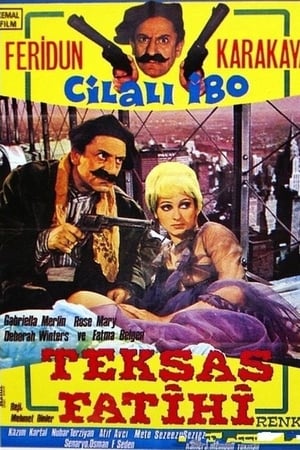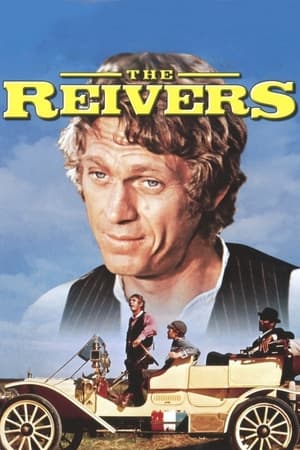Overview
Fresh out of school, Harumi and Misuzu pursue opposite strategies to win the love of Keita. While they are fighting over him, he announces that he will return in one year and choose one. Harumi, who's saving herself for him, gets a job at a maid's café, figuring she needs to learn to be of service. Misuzu, who has slept with many men, figures Keita is a masochist, so she becomes a dominatrix. Harumi, with help from her co-worker Maiko, teaches herself to make delicious onigiri. Is food prepared with love the way to a man's heart, or is it a whip?

 78 min
78 min
 3.2
3.2
 2007
2007
 Japan
Japan

